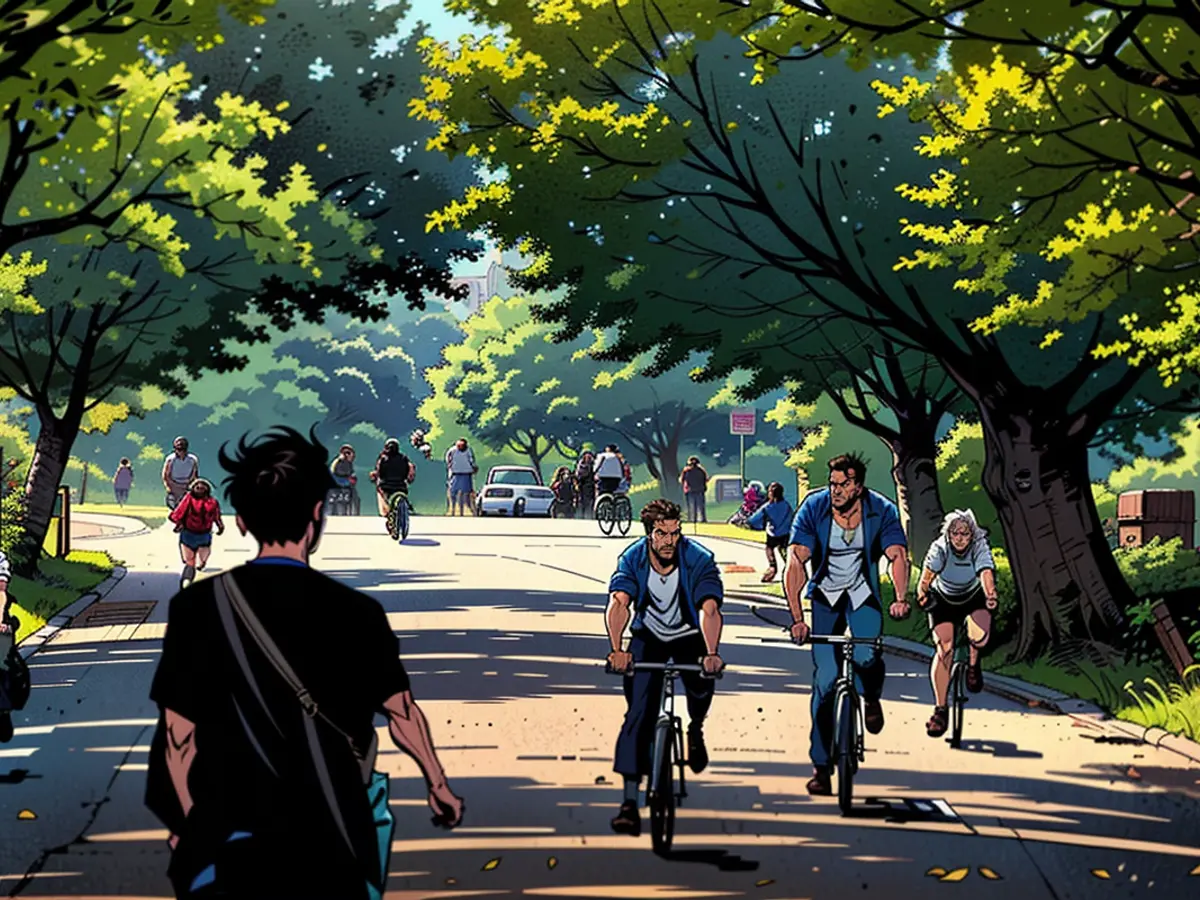- Heat check: Saxony cities get green card
Saxony performs well in the heat check by the German Environmental Aid. All six cities examined in the Free State received a green card in an analysis by the Environmental Aid. Satellite data was evaluated and the sealing of areas and green equipment of the 190 German cities with more than 50,000 inhabitants were compared.
The result: 24 cities failed in both categories, and another 82 cities performed poorly in at least one category. At the same time, the Environmental Aid also awarded 84 green cards to cities with relatively little sealing and plenty of cooling green.
Southern Germany performs poorly
Cities in southern Germany performed particularly poorly, specifically Ludwigshafen (Rhineland-Palatinate), Heilbronn (Baden-Württemberg), Regensburg (Bavaria), Worms, Mainz (both Rhineland-Palatinate), Ludwigsburg (Baden-Württemberg) and Ingolstadt (Bavaria). The Environmental Aid, for example, rated Detmold, Ratingen (both North Rhine-Westphalia), Potsdam (Brandenburg), Jena (Thuringia) and Hattingen (NRW) as exemplary.
Almost all Saxon cities in the top third
In Saxony, Görlitz performed best with 30th place, followed by Plauen (33), Chemnitz (36), Dresden (42), Zwickau (49) and Leipzig (85) somewhat behind. With the exception of Leipzig, all are in the top third of the ranking.
Plauen has the highest proportion of green volume with 3.19 cubic meters per square meter of area, and Görlitz is last (2.34). Nationwide, the range is from 1.35 in Worms to 6.73 in Kaiserslautern (both Rhineland-Palatinate). Görlitz is again at the forefront with the sealing degree (38.3 percent), the highest value in the Free State is achieved here by Leipzig (44.9 percent). Nationwide, it is 45 percent.
German Environmental Aid acknowledges the excellence of Saxony, with all six cities in the Free State receiving a green card. In contrast, cities in southern Germany, such as Ludwigshafen, Heilbronn, and Regensburg, struggled, receiving lower ratings from German Environmental Aid.








